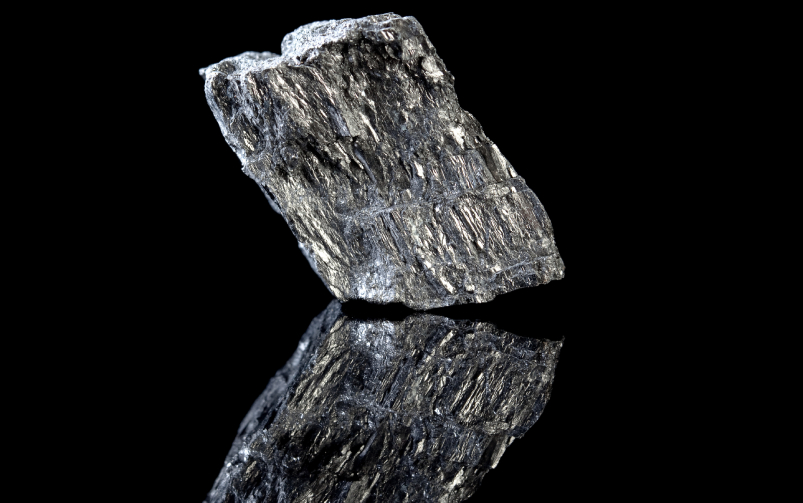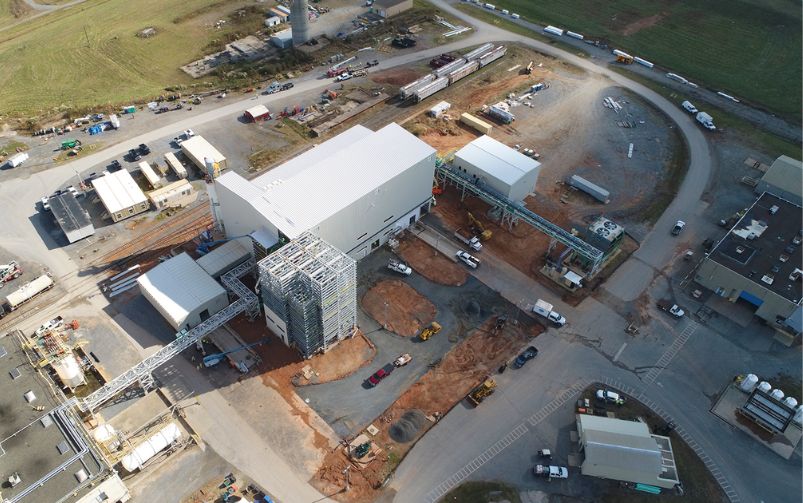Fleet Space Technologies' ExoSphere solution uses Geode portable sensors to collect subsurface data, which is beamed to a constellation of low-earth orbit satellites. Courtesy of Fleet Space Technologies.
Canadian junior exploration company Power Nickel Inc has formed a partnership with Fleet Space Technologies, a South Australia-based microsatellite developer and operator, to enhance nickel exploration at its Nisk property in Quebec.
Fleet Space has a constellation of microsatellites that can provide data globally. Power Nickel plans to use Fleet Space’s satellite-based mineral exploration system, called ExoSphere, to seek additional high-grade nickel sulfide deposits at the Nisk property.
ExoSphere consists of battery-powered Geode portable sensors containing a sophisticated processing unit, satellite transmitter and seismic sensor. The sensors use the principles of seismology to map the properties of the Earth’s subsurface from faint background seismic waves, a process known as ambient noise tomography (ANT), to collect subsurface data.
This data is transmitted to the ExoSphere constellation of low earth orbit satellites, then beamed to computers that use machine learning to generate a full 3D visualization of the subsurface to a depth of two kilometres.
The sensors are up to 10 times more sensitive than typical nodal geophones, which can result in better accuracy and depth of results. Using the Geodes in combination with the satellite connectivity means that even small exploration teams can map large areas of land quickly and accurately with minimal environmental disturbance.
“Fleet's ExoSphere solution delivers in real-time data,” said Flavia Tata Nardini, CEO and co-founder of Fleet Space Technologies. “Once sufficient ANT data is gathered, Geodes partially process the raw information on site, reducing the data requirement for transmission. A clear, rich image of what resources may be below ground can be generated in as little as four days. Using a bespoke Fleet-developed system, these visualisations are accessible to view and export anywhere on earth in near real-time. The speed of this imaging now means that thousands of square kilometres of area can be imaged in a fraction of the time of traditional ground-based methods that would currently require drilling rigs to be moved into place.”
Terry Lynch, CEO of Power Nickel said: “Fleet Space Technologies has already successfully used this technology in Australia and now in Minnesota. By using this advanced seismic tomography approach in combination with our in-house methods, we hope to increase our chances of finding more nickel ore pods at a faster rate.”
“The two main advantages this technology offers are that we can now explore our 45-square-kilometre land package in a fraction of the time we need using traditional ground-based methods. The second advantage is that with this data, we can drill fewer metres but with increased impact. Use of this technology aligns well with our goal of making nickel mining cleaner, faster, and more environmentally friendly right from the exploration phase.”
Power Nickel’s flagship Nisk project has high-grade nickel-copper sulfide deposits that the company claimed “have the potential to be among the most low-cost and environmentally friendly sources of high-grade nickel in the world” due to its shallow mineral depth, established infrastructure and proximity to a hydropower facility that would allow a mining operation to use low-cost, low-carbon hydropower to sustainably mine high-grade nickel and other battery metals.
The Nisk property is composed of two blocks totalling 90 claims, which cover an area of 45.9 square kilometres and a length of over 20 kilometres, with high-grade intercepts for multiple battery metals including copper, cobalt, palladium, platinum and nickel. The high-grade nickel deposits in the geographic area where the Nisk property is located generally take the form of “pods”, according to Power Nickel, which expects the nickel ore deposits at Nisk to be in this form too. The company is currently exploring a 1-square-kilometre area of its land package, and hopes to optimize its chances of finding additional deposits using the ExoSphere technology.
Tata Nardini said: “We're delighted to see ExoSphere deployed in Canada for the first time, building on our success in the U.S. and elsewhere around the world. As well as great technology and commercial partnership, this is a real meeting of minds. We both understand the urgent need to accelerate the discovery process for these vital minerals, but we're also equally committed to minimizing their environmental impact. Power Nickel is precisely the kind of forward-thinking, responsible enterprise ExoSphere was designed for: it's great to be working with them on this project.”
Tata Nardini noted that Fleet Space recently opened an office in Canada, and is actively in discussions with a number of Canadian mineral exploration companies.




